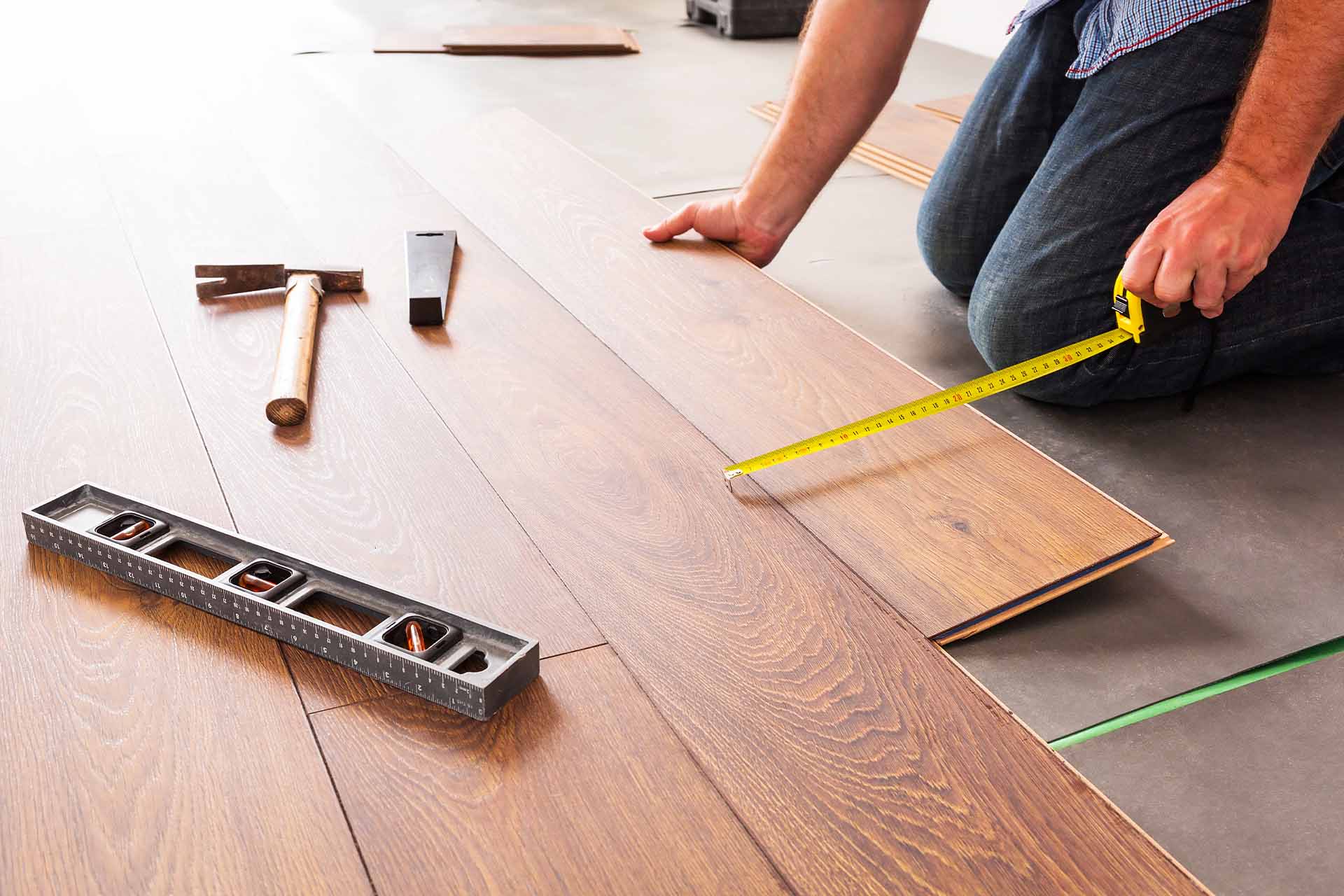When faced with holes in your home’s flooring, the first step is to assess the extent of the damage. Determine the size, depth, and location of the holes to understand the necessary repairs. Small holes caused by minor wear and tear may be easily fixed with DIY solutions, while larger or more extensive damage may require professional intervention.

Choosing the Right Repair Method
Once you’ve identified the scope of the damage, it’s essential to choose the right repair method for your specific situation. Common repair techniques for holes in flooring include patching, filling, or replacing damaged sections. The chosen method will depend on factors such as the type of flooring material, the size and severity of the holes, and your skill level and budget.
Patching Small Holes
For small holes in hardwood, laminate, or tile flooring, patching is often the most straightforward repair method. Begin by cleaning the area around the hole to remove any debris or loose material. Then, fill the hole with a suitable patching compound or wood filler, smoothing it out with a putty knife or trowel. Allow the patch to dry completely before sanding and refinishing the repaired area to match the surrounding flooring.
Filling Gaps in Hardwood Flooring
Gaps between floorboards are a common issue in hardwood flooring, leading to unsightly holes and gaps. To fill small gaps in hardwood flooring, use a wood filler or epoxy resin specifically designed for this purpose. Apply the filler to the gaps using a putty knife, ensuring that it fills the space completely. Once the filler has dried, sand the area smooth and refinish the floor as needed to restore its appearance.
Replacing Damaged Sections
In cases where the damage is too severe to repair with patching or filling, replacing the damaged sections of flooring may be necessary. This is particularly common for areas with large holes, deep gouges, or extensive water damage. To replace damaged sections of flooring, carefully remove the affected area using a circular saw or chisel, taking care not to damage surrounding boards. Then, install new flooring materials or replacement boards, securing them in place with adhesive or nails.
Repairing Tile Flooring
Repairing holes in tile flooring requires a different approach than repairing other types of flooring materials. Begin by removing any damaged tiles using a hammer and chisel, taking care to break them into small pieces for easier removal. Once the damaged tiles have been removed, clean the area thoroughly to remove any adhesive or grout residue. Then, install new tiles or replacement pieces, securing them in place with tile adhesive and grout.
Preventing Future Damage
After repairing holes in your home’s flooring, it’s essential to take steps to prevent future damage and prolong the lifespan of your floors. Implement preventive measures such as placing rugs or mats in high-traffic areas, using furniture pads to protect floors from scratches and dents, and addressing any underlying issues such as water leaks or structural damage promptly. Regular maintenance and care will help keep your floors in optimal condition for years to come.
Seeking Professional Help
While some flooring repairs can be completed as DIY projects, complex or extensive damage may require the expertise of a professional flooring contractor. If you’re unsure how to repair holes in your home’s flooring or if the damage is beyond your capabilities, don’t hesitate to seek professional help. A qualified contractor can assess the damage, recommend the appropriate repair methods, and ensure that the repairs are completed safely and effectively.
Conclusion
In conclusion, repairing holes in your home’s flooring is a manageable task with the right approach and techniques. By identifying the scope of the damage, choosing the right repair method, and following proper repair techniques, you can restore your floors to their former glory and prevent further damage. Whether you’re patching small holes, filling gaps in hardwood flooring, replacing damaged sections, or repairing tile flooring, taking proactive steps to address flooring issues will help maintain the beauty and integrity of your home’s floors for years to come.